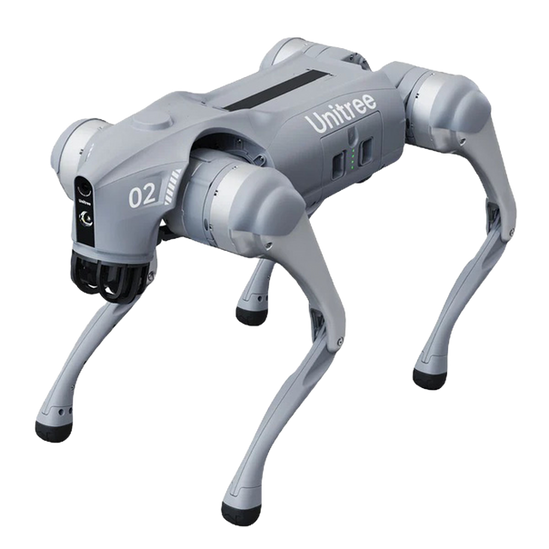Gimbals
A mechanical stabilizer that ensures smooth and steady footage from drone cameras, even during fast or unstable flight conditions.
In the world of photography and videography, particularly in aerial imaging, achieving smooth and steady footage is a critical concern. This is especially true for drone cameras, which can experience turbulence and rapid movements. Understanding terms like "Gimbals" is essential for anyone interested in this field, as it represents a key technology that enhances video quality and user experience, turning potentially shaky shots into cinematic masterpieces.
What are Gimbals?
Gimbals are mechanical stabilizers designed to ensure smooth and steady footage from drone cameras, even during fast or unstable flight conditions. They work by counteracting unwanted movements, allowing the camera to remain level and focused on its subject. Typically comprising three axes of rotation (pitch, yaw, and roll), gimbals use motors and sensors to adjust the camera's position in real-time. This technology is vital not just for drones, but also for handheld rigs and reflex cameras, making it widely applicable across various domains of imaging.
Key Concepts:
Three-Axis Stabilization: Gimbals often utilize a three-axis configuration to independently adjust the camera's orientation around its pitch, yaw, and roll axes, ensuring excellent stabilization.
Electronic vs. Mechanical Gimbals: Two main types exist; electronic gimbals use motorized components for stabilization, while mechanical ones rely on physical components to balance the camera.
Sensors and Algorithms: Gimbals are equipped with gyroscopes and accelerometers that monitor movements and send signals to the motors to adjust accordingly, ensuring real-time stabilization.
Applications and Relevance:
Aerial Photography and Videography: Drones equipped with gimbals capture breathtaking footage, keeping the camera stable during dips and rises.
Film Production: On movie sets, gimbals provide smooth camera movements for tracking shots, enhancing the storytelling experience.
Sports and Action Filming: Gimbals help in capturing dynamic scenes in sports events, ensuring clear and stable footage despite rapid movement.
Virtual Tours and Real Estate: High-quality video tours that give a true sense of space rely on gimbal technology for smooth, engaging presentations.
Challenges and Considerations:
Weight and Size: Some high-end gimbals can be bulky, adding extra weight to filming equipment and potentially limiting mobility.
Battery Life: Motorized gimbals require power, which can be a limiting factor during extended use or outdoor shoots without charging options.
Calibration Needs: Gimbals often need to be calibrated before use, which can be time-consuming and requires a learning curve for users.
Cost: High-quality gimbals can be a significant investment, which may not be feasible for all users, especially hobbyists.
Future Trends and Innovations:
Integration with AI: Future gimbals may integrate artificial intelligence to automatically adjust settings based on the shooting environment for optimal performance.
Smaller, More Portable Designs: Innovation in materials may lead to lighter, more compact gimbals without sacrificing stability.
Improved Battery Technology: Advancements in battery tech may prolong usage time and provide quicker charging options.
Enhanced Compatibility: Gimbals are likely to adapt for use with a broader range of cameras, including smartphones and emerging video technologies.
Gimbals play a crucial role in the evolving fields of photography and videography, particularly in the context of drone technology. Their ability to stabilize footage not only enhances visual storytelling but also empowers creativity and innovation in various applications. As technology advances, gimbals will continue to be at the forefront of producing high-quality imagery, making them an indispensable tool for filmmakers, content creators, and enthusiasts alike.














